Many customers call and they are not exactly sure what stone they have. We’re making it very easy for you to decipher which stone (or tile) you have on your floors and countertops:
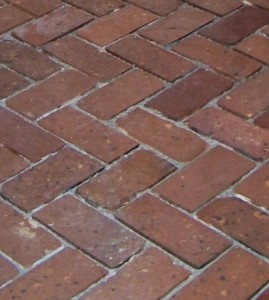
Brick Paver is used in masonry construction. We not only see brick paver on the exterior of homes, but also as interior floors. Brick paver surfaces are fairly porous and need maintenance just like natural stone.
Ceramic Tile is known to be softer (or more easier to cut) than porcelain tile. These tiles can be glazed or unglazed and you typically see ceramic tiles in commercial restrooms. Many customers are unaware that it is possible to naturally polish ceramic tiles– no wax and no topical coatings needed.
Granite is a siliceous stone, meaning that it contains silica (unlike calcareous stones such as marble and travertine that are composed of calcium carbonate and react to acid). Granite tends to have various minerals, which you can identify by the “speckles” you see in the stone. Granite is popular on kitchen countertops because it is fairly resistant to acids and alcohol.
Limestone is a calcareous stone which means it reacts (etches) when it comes in contact with acid, ammonia and alcohol. Limestone can appear to have a consistent color or there are certain limestones that contain small fossils. Limestone is a popular material for both residential and commercial properties.
Marble is a calcareous stone which means it reacts (etches) when it comes in contact with acid, ammonia and alcohol. You can tell you have a marble because it typically has veins that run through it. Marble can have a honed (flat) finish or it can be naturally polished into a high polish shine.
Porcelain Tile is a dense tile and has a water absorption rate of 0.5%. Porcelain tiles are used for floors, walls, and backslashes both indoors and outdoors. Many customers are unaware that it is possible to naturally polish porcelain tiles– no wax and no topical coatings needed.
Saltillo Tile originates in Mexico and varies in color and shape, but the majority of tiles are hues of reds, oranges and yellows. Saltillo surfaces are fairly porous and need maintenance just like natural stone.
Slate is a metamorphic stone. Slate can have a textured (foliated) look or a smooth finish. It comes in a variety of colors such as gray, green, red, dark yellow and even red. Slate also tends to be more chemically resistant and scratch resistant compared to other types of natural stone.
Soapstone is a type of metamorphic rock that is not porous, but it can scratch. You typically find Soapstone in light gray or green colors.
Travertine is a calcareous stone which means it reacts (etches) when it comes in contact with acid, ammonia and alcohol. Travertine typically has voids (holes) that can be filled during the fabrication process or during restoration. Most travertine is beige in color. It can have a honed (flat) finish or it can be naturally polished into a medium shine. Other finishes are textured and include “leathered,” “tumbled” and “cross-cut.”

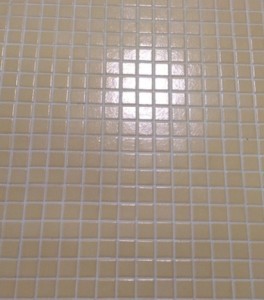
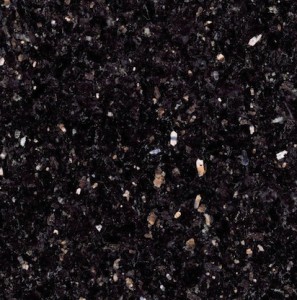

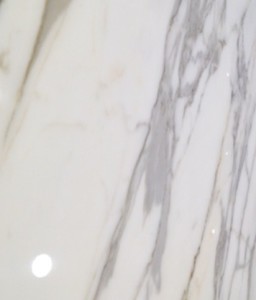
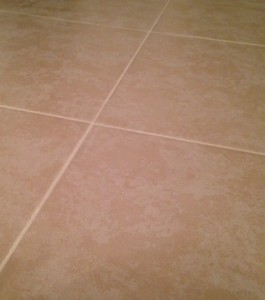
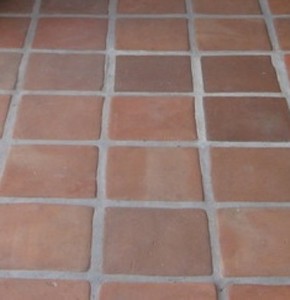
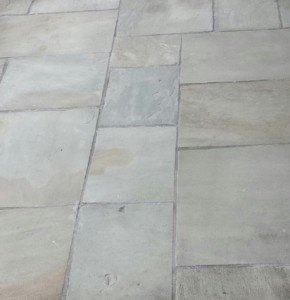
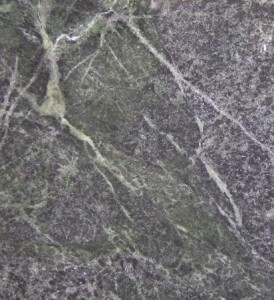
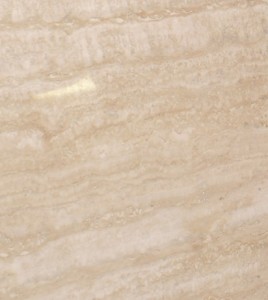
1 Response
1 Pingback
[…] interested in this business should do? My usual answer is: learn as much as you can about the stone itself. Learn to recognize marble from granite from limestone, etc. Then, learn some of the […]